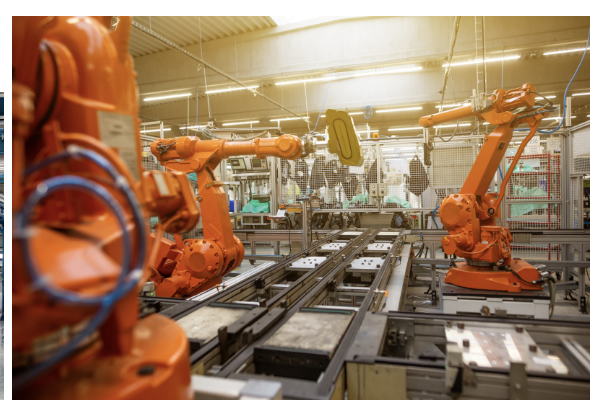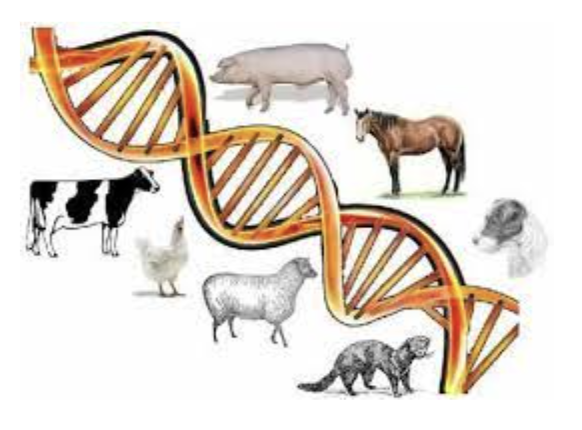
Manufacturing
Introduction of the Industry:
Australia’s manufacturing industry plays a vital role in the economy contributing around $100 billion to Australian GDP each year , employing on average about 900,000 Australians for the past decade and accounting for 26% of business expenditure in research and development. Australia’s manufacturing industry includes anything from food processing to machinery and equipment manufacturing or pulp and paper production.
Impact of the current problem:
There are two key challenges emerging throughout the manufacturing industry:
- Supply Chain Resilience
The COVID-19 pandemic caused significant disruptions to supply chains throughout the world in the past few years, the after-effects of which we are still experiencing today. In a session convened by the World Economic Forum with the New Generation Industry Leaders community, it was identified that response times were too long with a need for more open and regular communication with supply chain partners . Results from the SCM World Future of Supply Chain survey in 2017 showed that 19% of supply chain practitioners “very concerned” about war, terrorism, or other geopolitical threats, 26% were “very concerned” about natural disasters affecting suppliers and 44% “very concerned” about data security and IT incidents such as cyber-attacks. As such, supply chain visibility is increasing needed for supply chain partners to quickly identify and adapt to incidents.
- Environmentalism
Environmentalism is becoming an increasingly important factor in consumer behavior with half (51%) of respondents saying that environmental sustainability is more important to them today than it was 12 months ago in a report conducted by the IBM Institute for Business Value (IBV) . In that same report, 3 out of 5 consumers claimed that socially responsible or sustainable products made up at least half of their last purchase and 49% of consumers said they paid a premium—an average of 59% more—for products branded as sustainable or socially responsible in the last 12 months. As demand for environmentally friendly products rises, and consumers become increasingly vigilant of greenwashing, brands need to prove that their materials are sourced and produced locally and sustainably to retain customers.
Solutions with A2B:
- Customized Template:
Supply chain partners can quickly and easily collect data using pre-defined templates or customize them to fit their needs.
- Real Time Data Sharing
Supply chain partners can share information in real-time to allow partners to see the details of the supply chain at every step as it happens.
- Group sharing:
Supply chain partners can share and verify information with each other, increasing transactional security and visibility.
- Code Free
A2B is a code free platform allowing users to share data to the blockchain without prior technical knowledge, enabling the easy adoption of blockchain technology throughout the entirety of the supply chain.
Benefits
- Blockchain can be used to record various types of data. These blocks of data form immutable records which provides valuable transparency to the supply chain in real time with accurate time stamps. Increased, real-time data provided about every aspect of the supply chain enables analysis and reporting to identify disruptions and inefficiencies as soon as possible, maximizing the time available for supply chain partners to respond to crises before they cause significant impact.
- Blockchain also enables the tracking of products throughout the entire supply chain from raw material to consumer. Since records cannot be altered, consumers can be sure that their products are ethically and sustainably sourced and manufactured.
Opportunities:
- Use templates from A2B platform to capture and share data in real time to improve supply chain visibility and resilience
- Avoid greenwashing accusations by providing consumers with clear maps of the product life cycle
Use Cases:
Maersk and IBM have partnered together to utilize the benefits of blockchain in the manufacturing industry and its associated supply chain partners with their technology known as TradeLens. TradeLens provides a secure process for the issue, transfer and surrender of original bills of lading. Because blockchain uses a distributed ledger, everyone can access the same information at the same time.. Blockchain transactions can also be automated using smart contracts to further improve efficiency and reliability. Blockchain records are immutable and time stamped to provide transparency and traceability for auditing and peace of mind. Thus, removing the need for convoluted and error-prone paper trails to streamline trade related document processing.
Conclusion:
Manufacturing supply chains are complex and opaque making them susceptible to disruption and difficult for consumers to understand and confirm the sustainability of their purchases. There is a clear need for increased supply chain visibility. Blockchain has the capabilities to maintain secure, immutable records updated in real-time required to improve transparency in .





